Östergötland
WELCOME TO Östergötland
County Overview
Östergötland
10,500 km2
470,000
Swedish

Popular
Geography and Tourist Attractions
Information about the province's tourist attractions, including popular destinations, events, and activities.
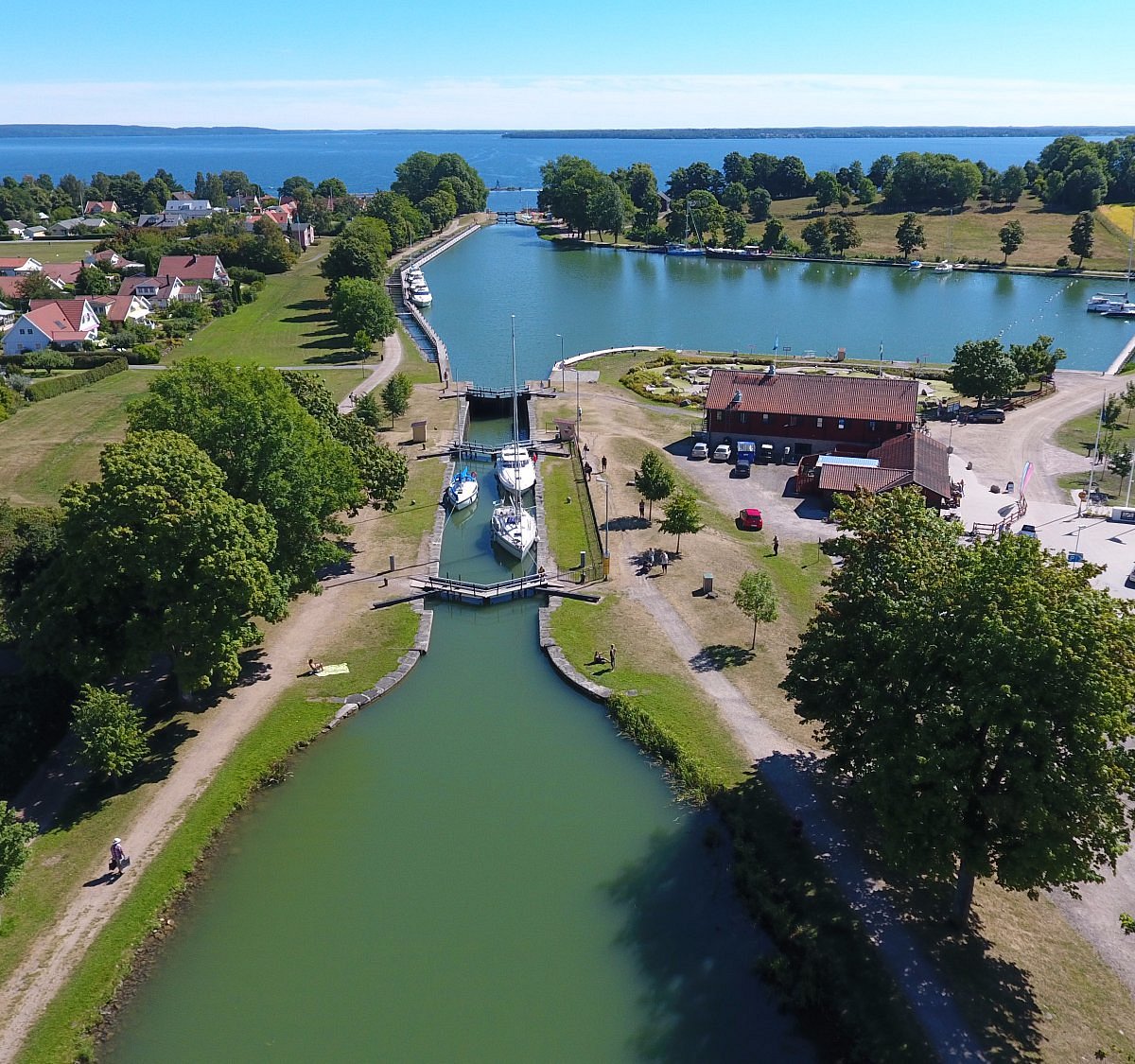
Göta Canal
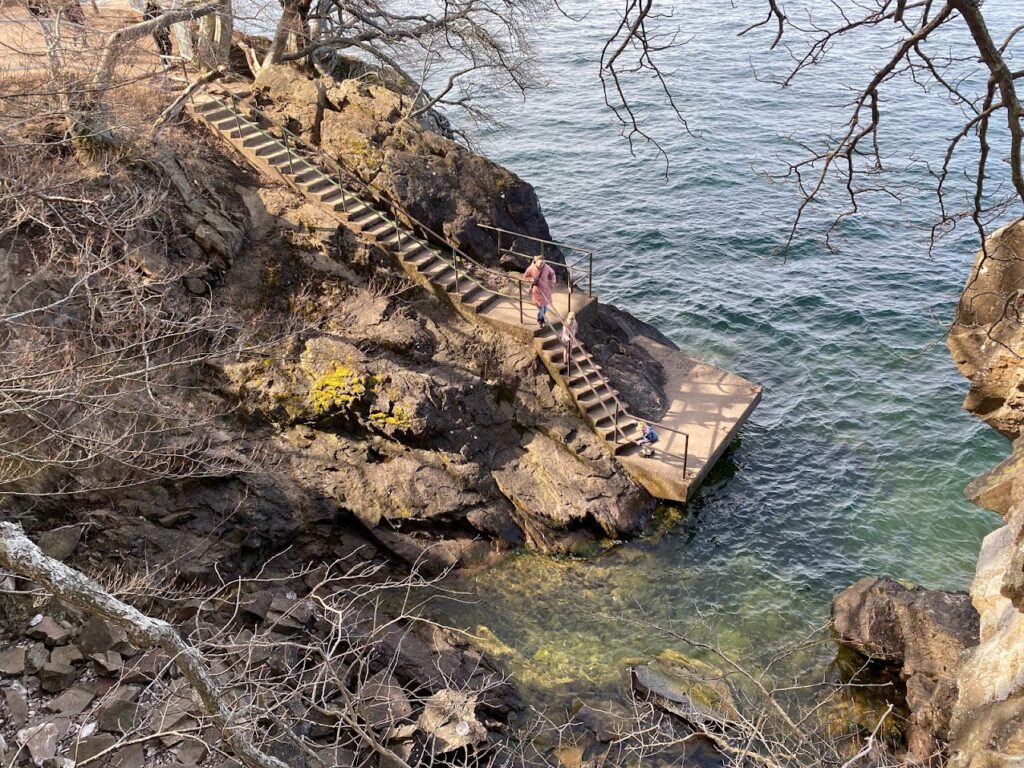
Omberg Nature Reserve
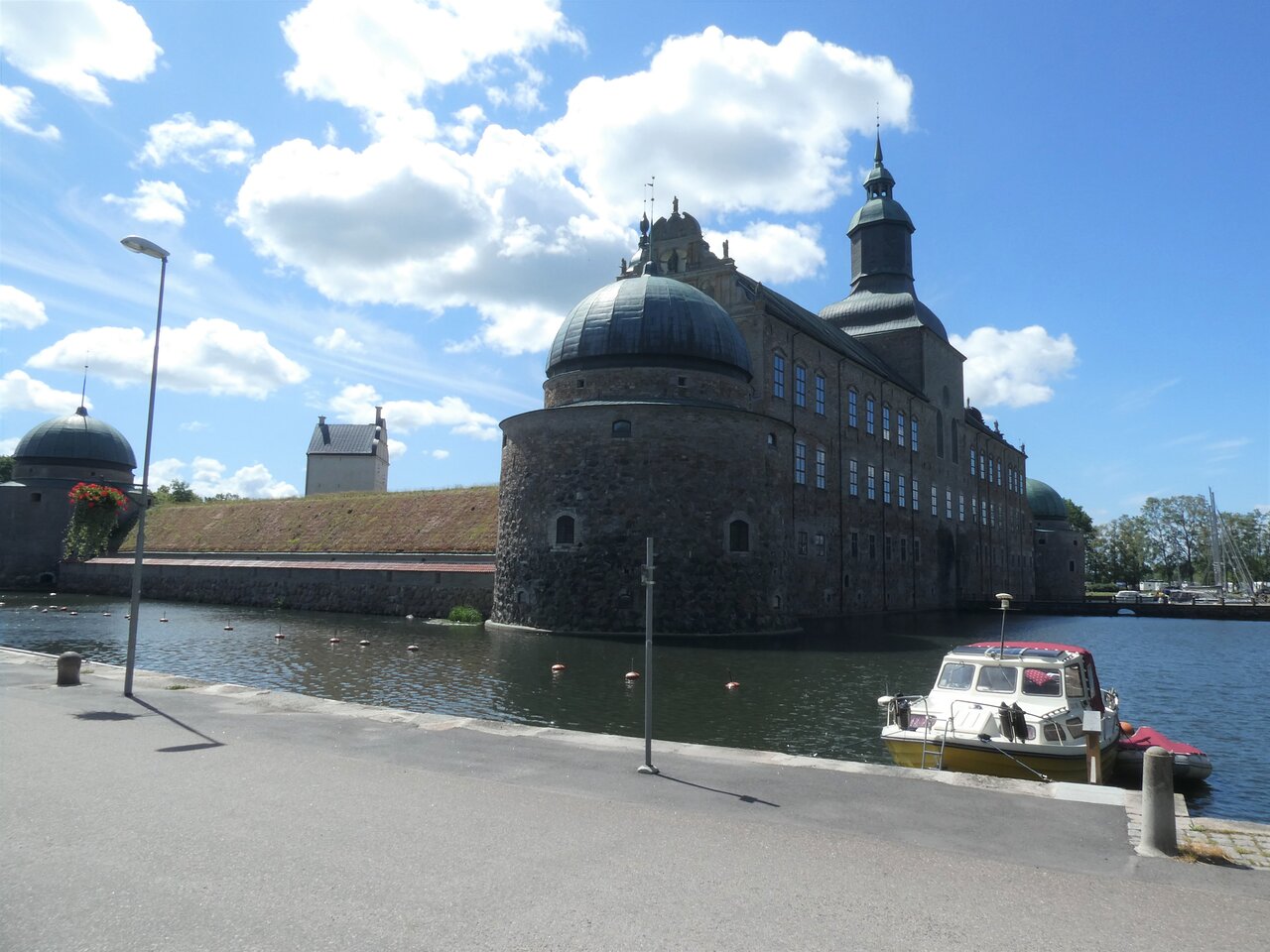
Vadstena Castle
Political
Economy and Government
Östergötland is home to a diverse and growing economy with a focus on manufacturing, information technology, and education. Major companies such as SAAB, Ericsson, and Siemens have a strong presence in the region, and several universities and research institutions attract talented professionals from around the world. Agriculture and forestry also play a significant role in the local economy, with the region producing high-quality crops such as wheat, barley, and oats.
Östergötland is governed by a regional council composed of elected representatives from across the region. The council is responsible for a wide range of services, including healthcare, transportation, education, and cultural affairs. The region is also home to several municipalities, each with its own elected officials and local government structures. The municipalities work closely with the regional council to provide essential services and promote economic growth and development. Sweden is a constitutional monarchy, and Östergötland is represented in the national government by elected officials from the region.

History
History and Culture
Östergötland has a rich and diverse history dating back to prehistoric times. The region was once home to several Viking settlements, and evidence of their culture and way of life can still be seen today in the form of ancient burial grounds, artifacts, and ruins. The Middle Ages were marked by the construction of several impressive castles and churches, including the famous Vadstena Castle. The region was also a center of trade and commerce, with many towns and cities growing and prospering during this time. The Industrial Revolution brought significant changes to the region, and Östergötland became a hub of manufacturing and innovation.
Östergötland has a rich and vibrant cultural heritage, shaped by its history and natural beauty. The region is known for its traditional handicrafts, such as pottery, weaving, and glassblowing, which continue to be practiced today. Östergötland is also home to many museums, galleries, and cultural events, showcasing the region's art, music, and literature. The area's natural beauty, including the Göta Canal and Lake Vättern, also attracts many artists and creatives who draw inspiration from the landscape. In addition, Östergötland is known for its culinary specialties, such as smoked fish and traditional Swedish dishes like meatballs and gravlax.
HOTELS
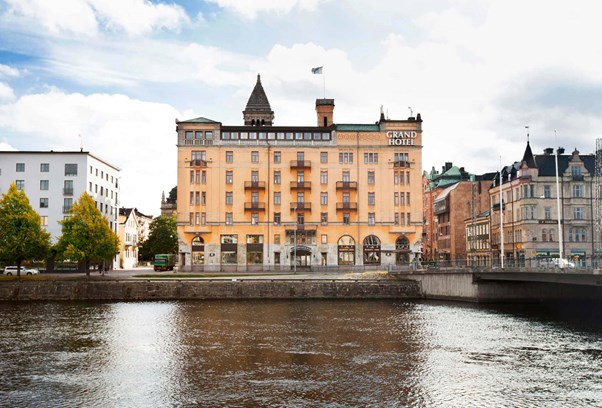
Elite Grand Hotel Norrköping

The Lamp Hotel
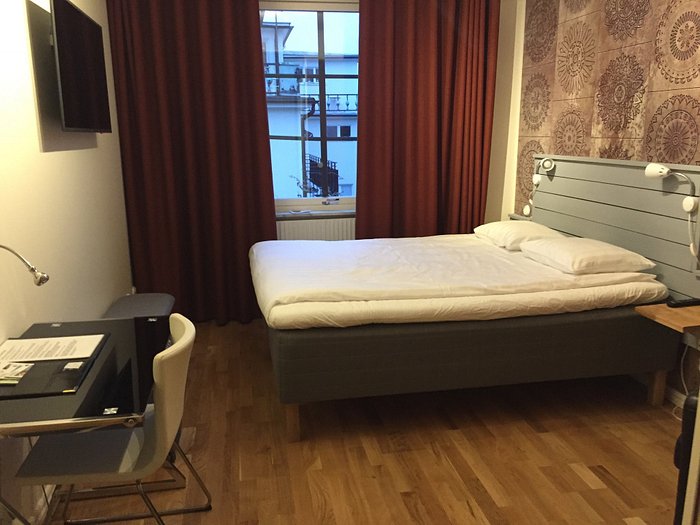
Södra Hotellet
RESTAURANTS

PM & Vänner
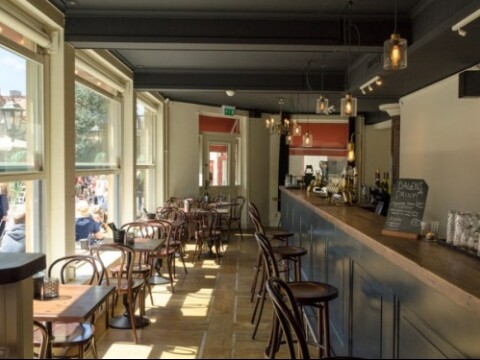
Hemma Hos

